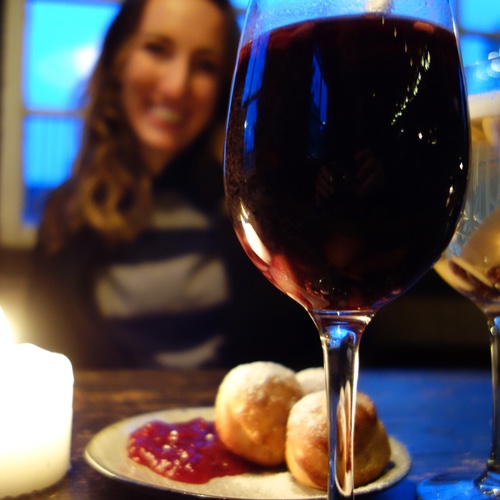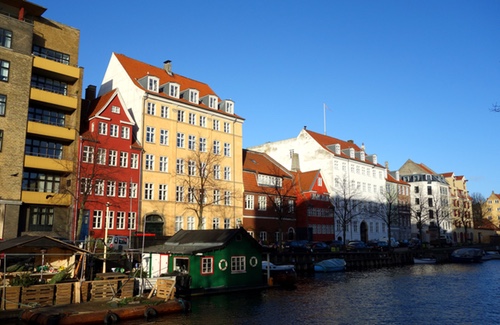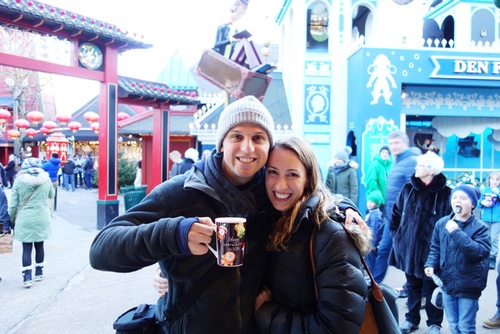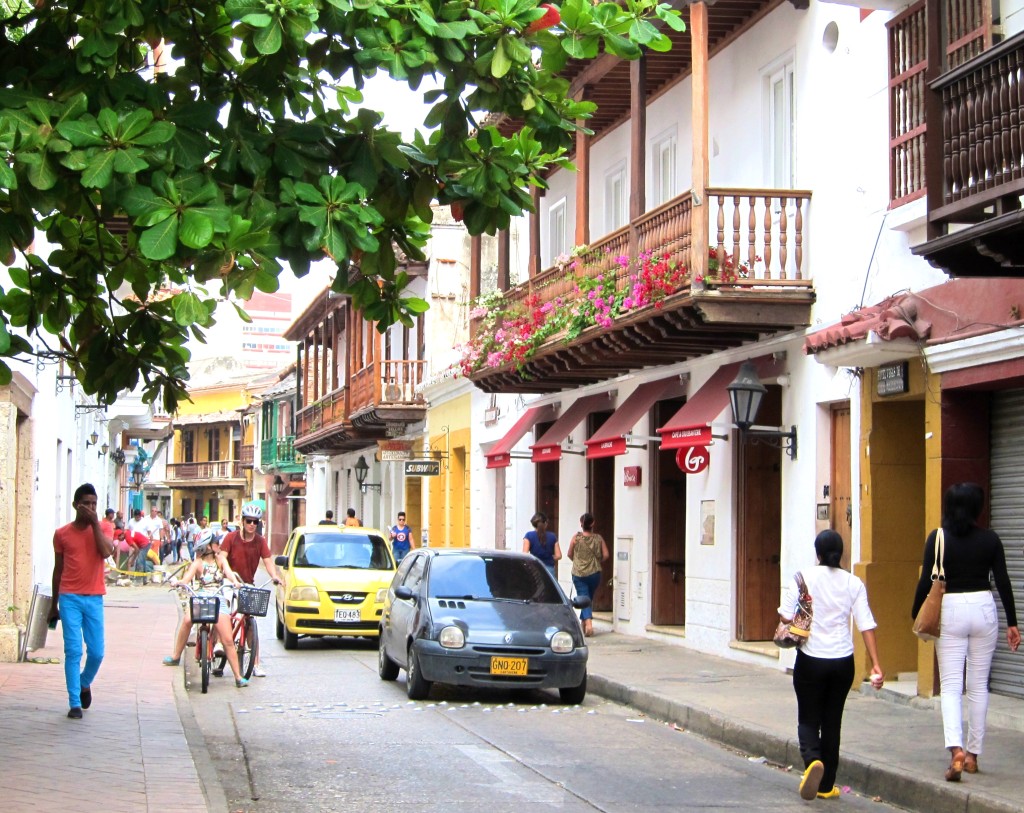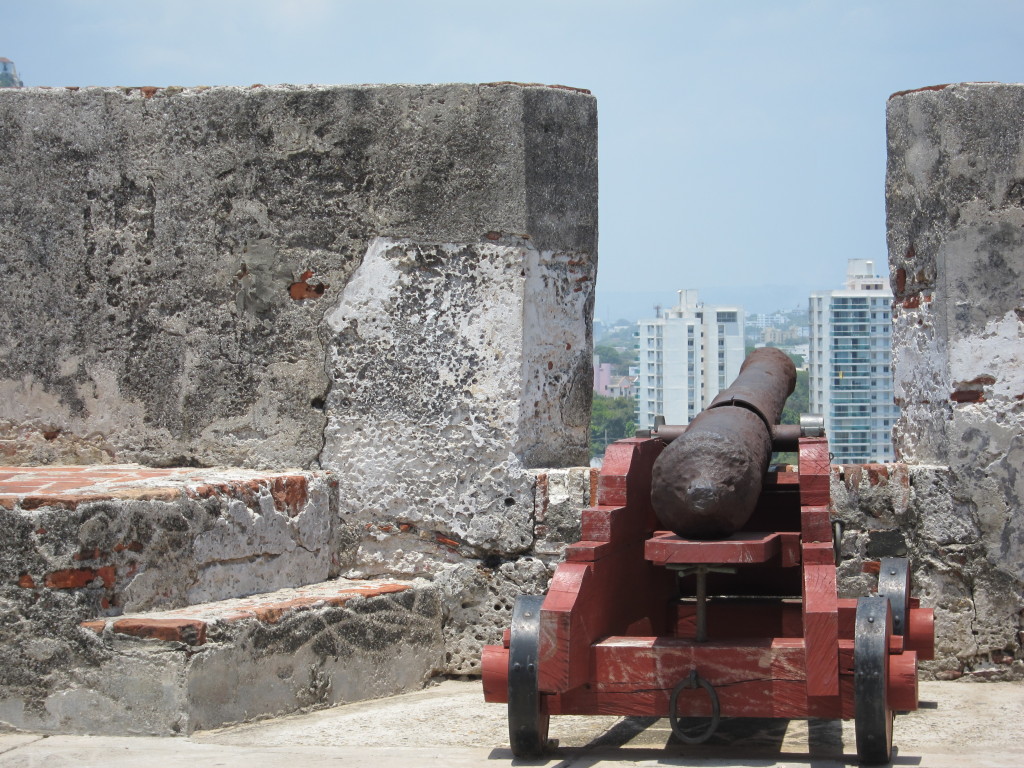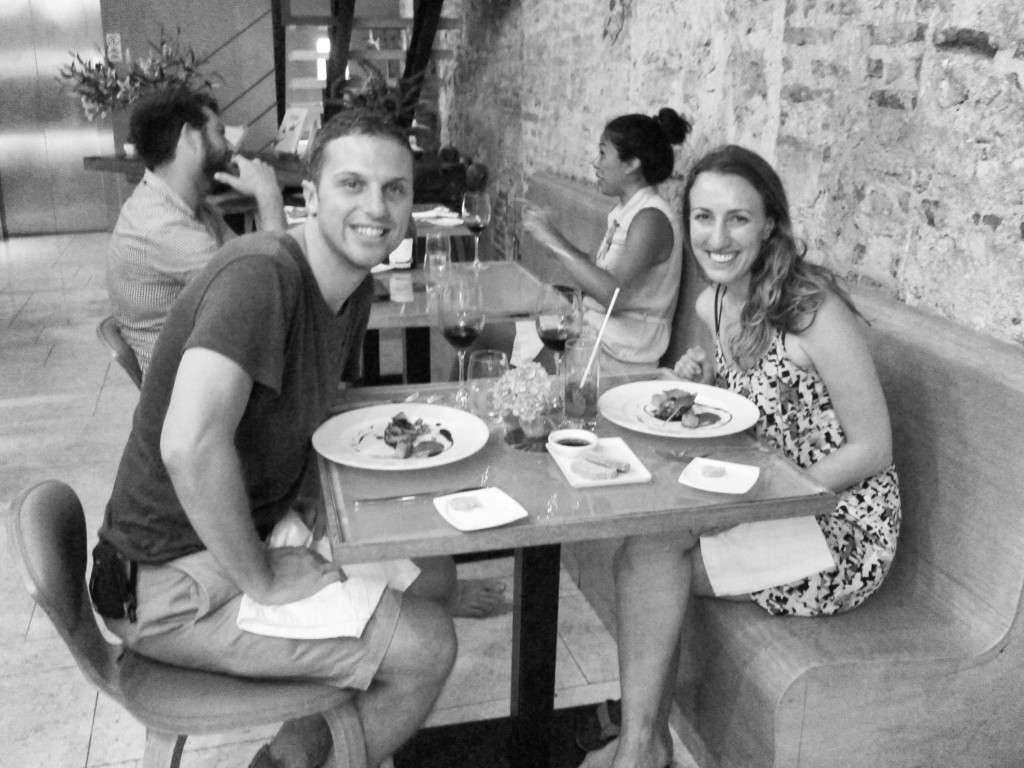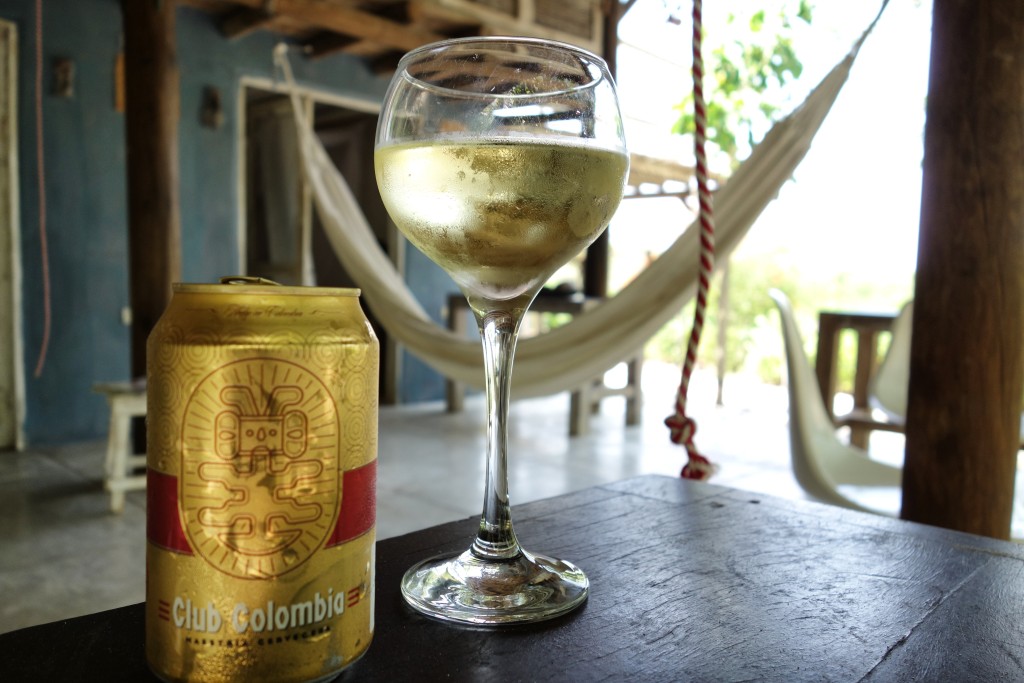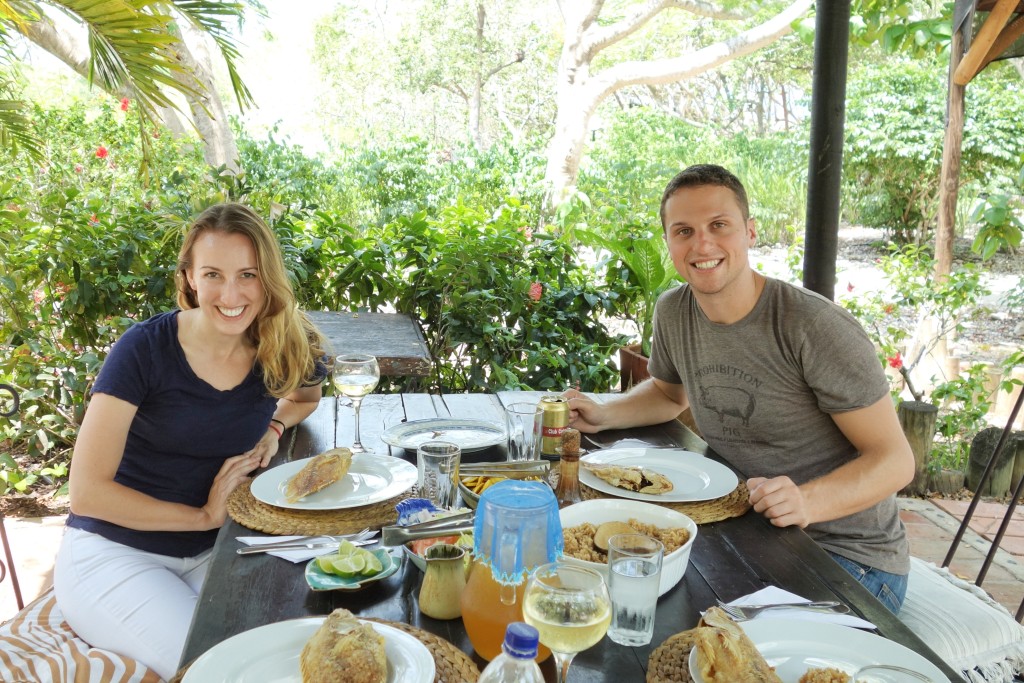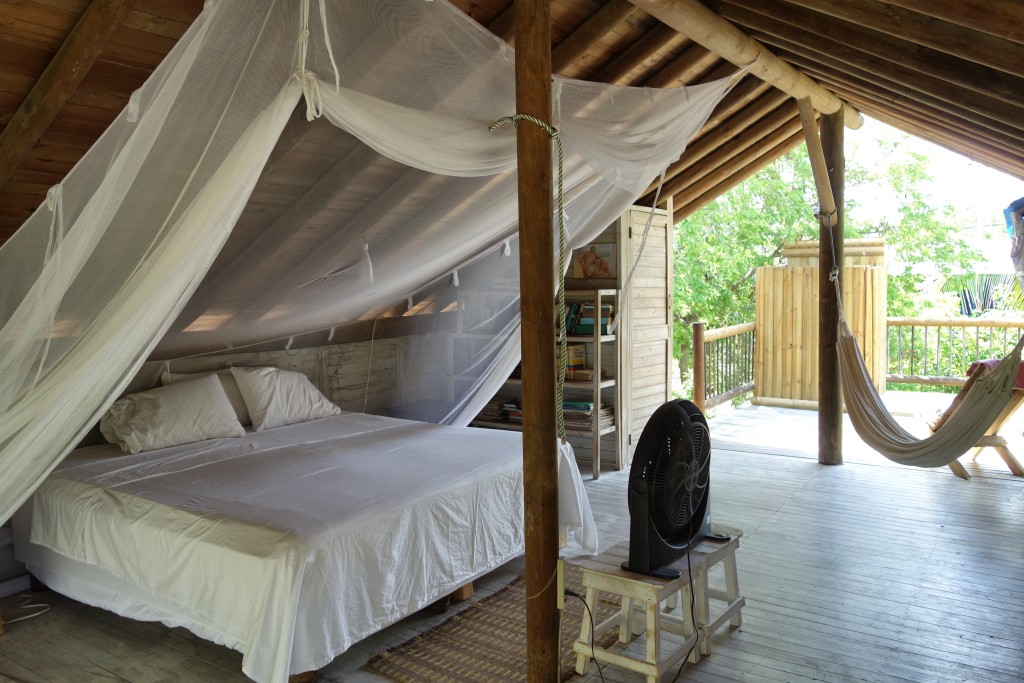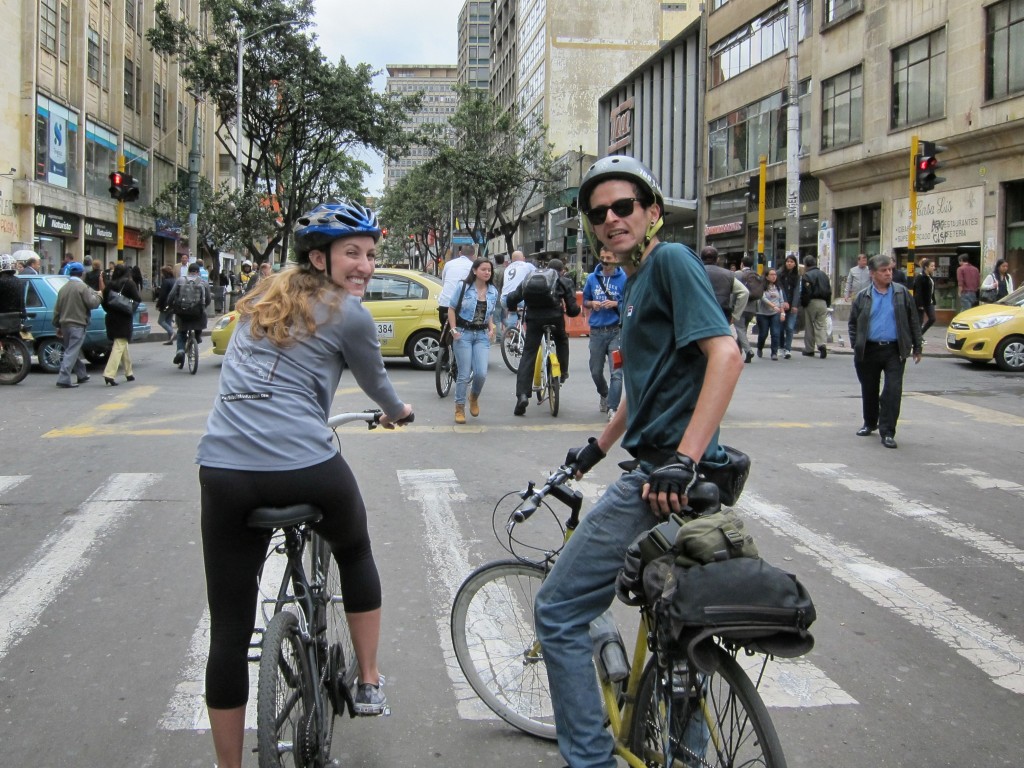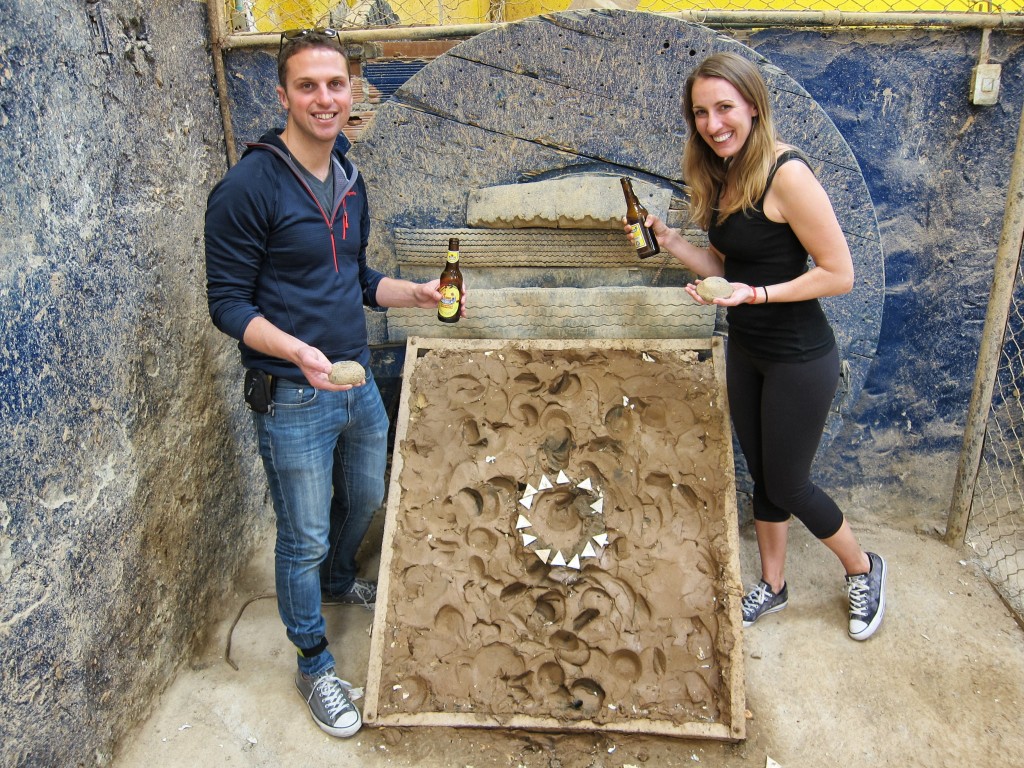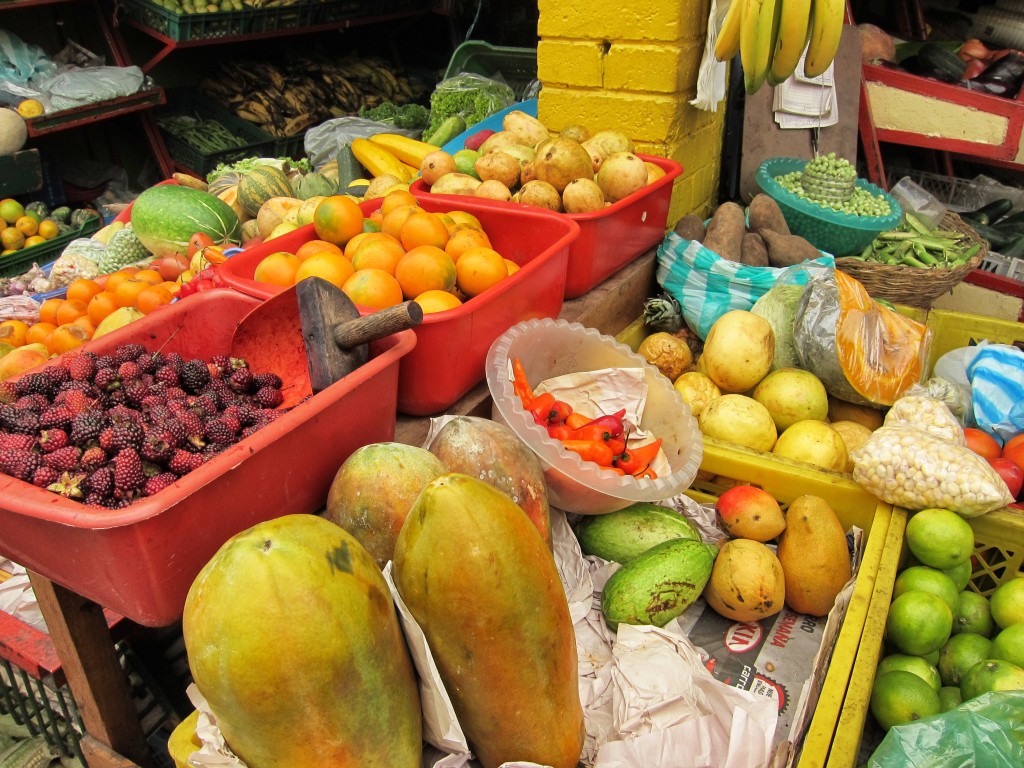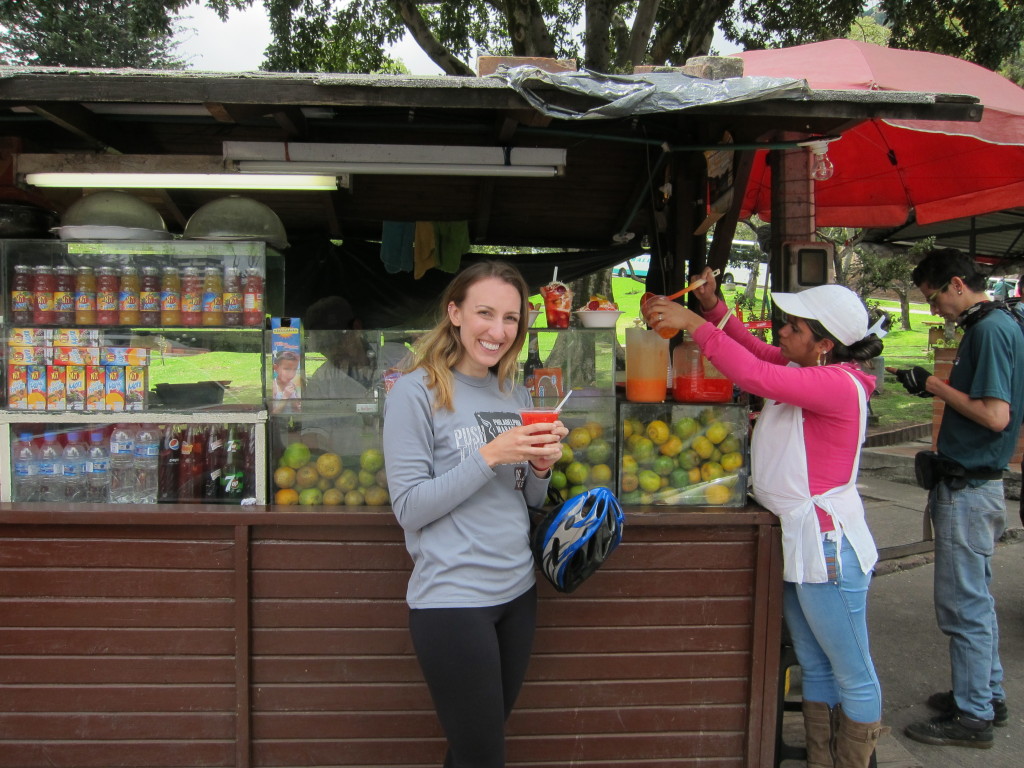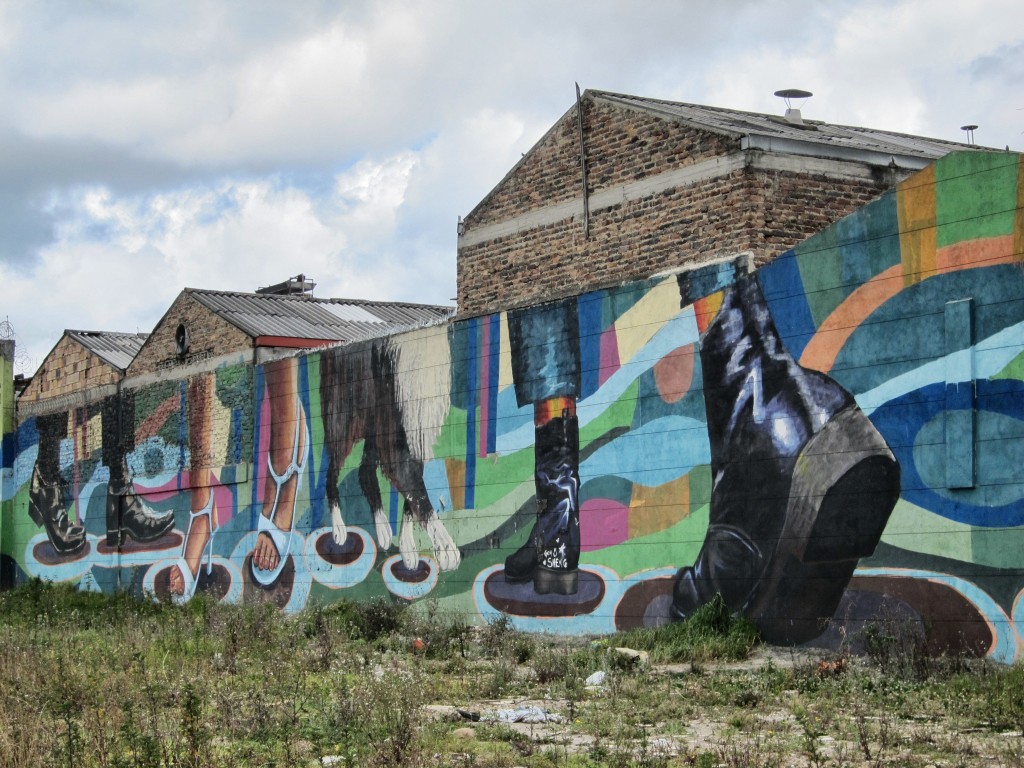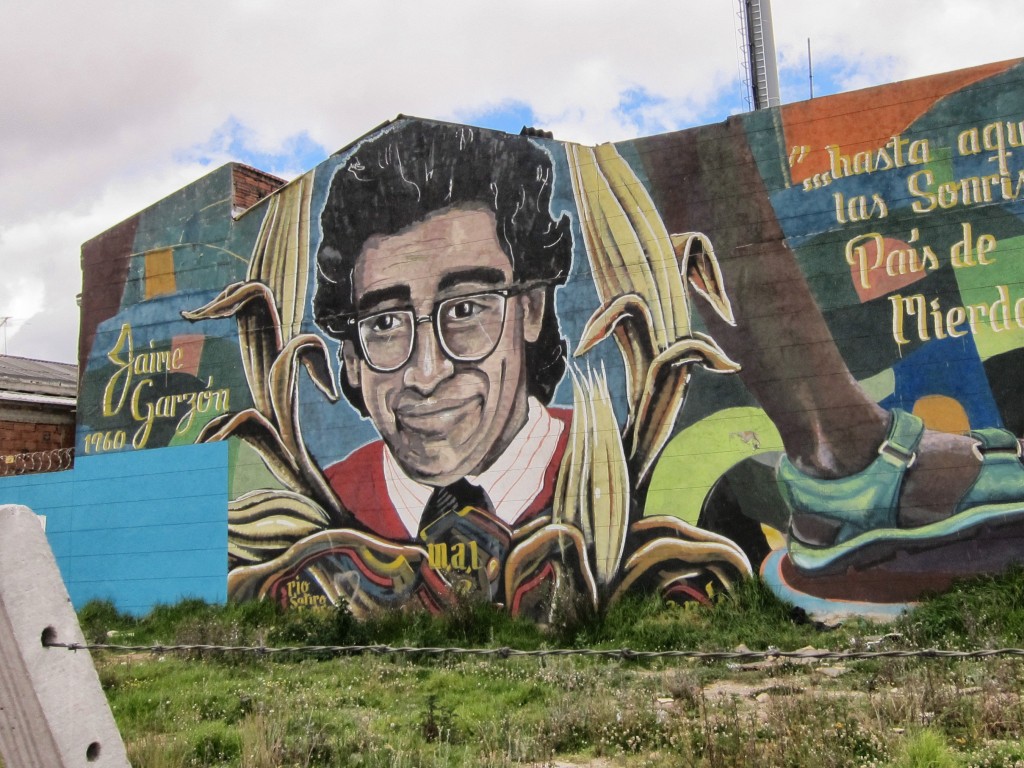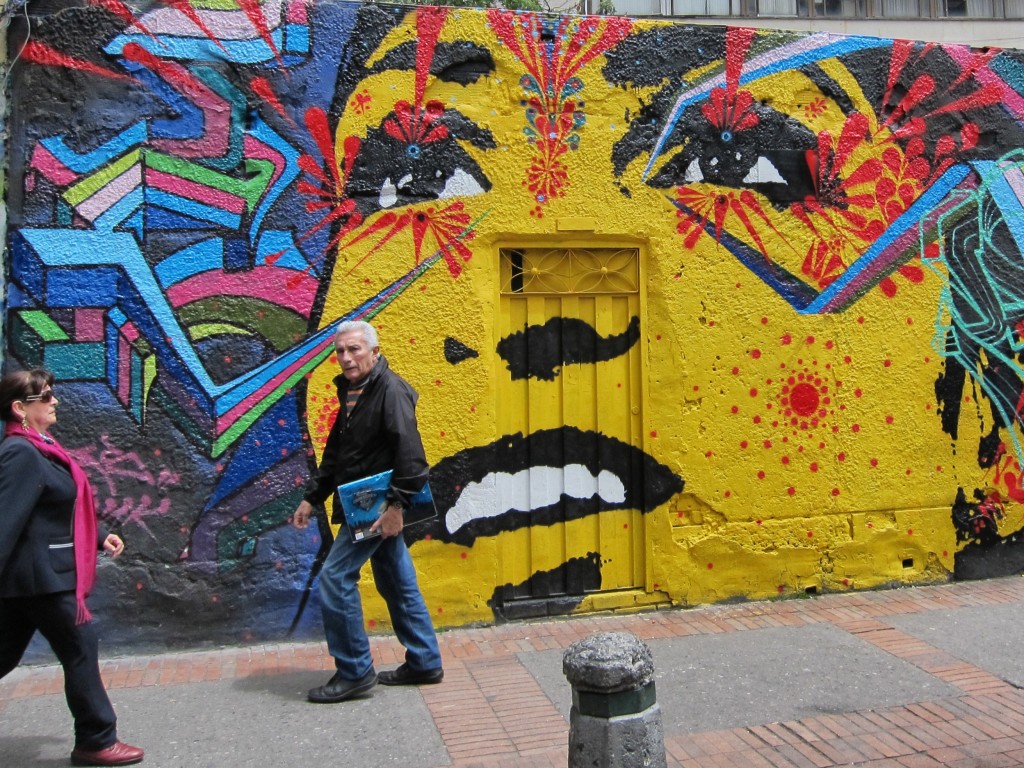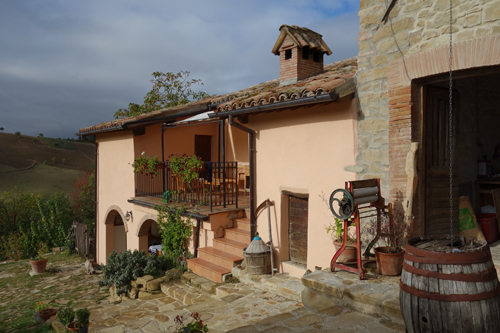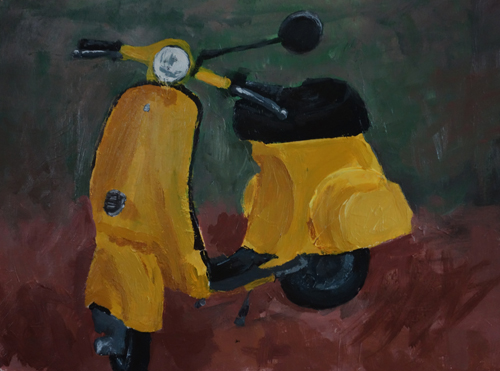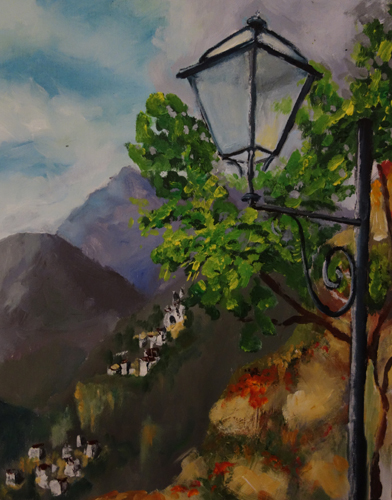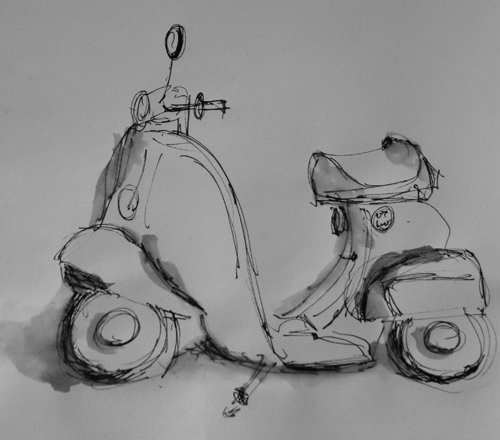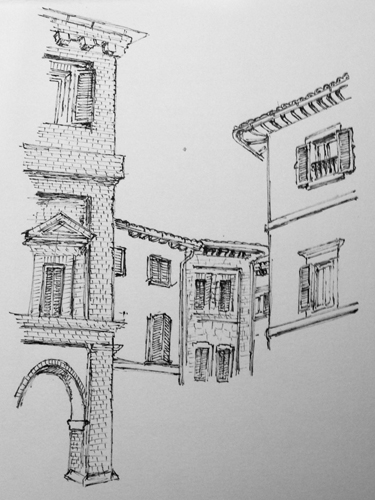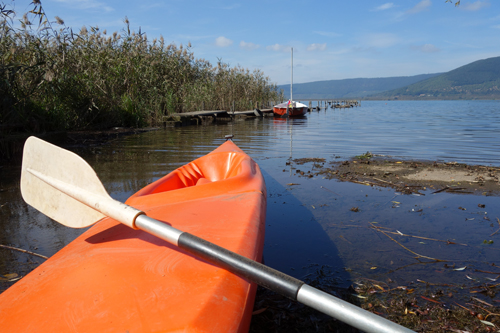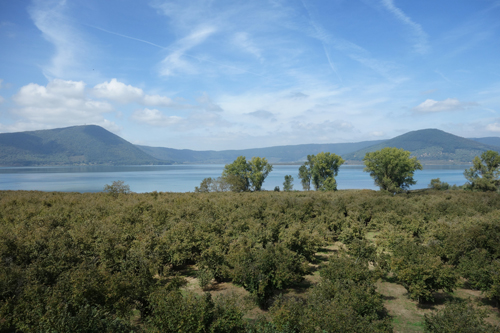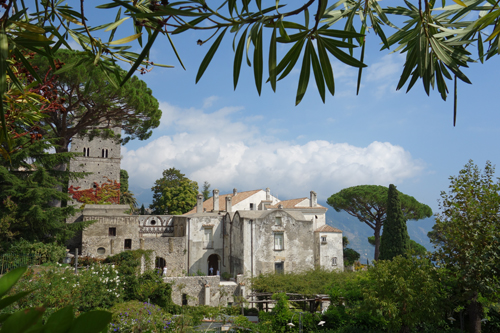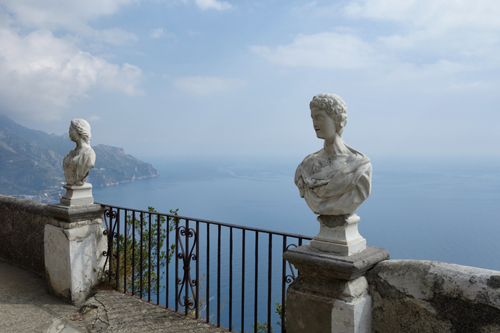When trying to find a place to eat in a new city, the challenge is always finding great value — the best food for a good cost. That doesn’t mean eating on the cheap, and it doesn’t mean finding the top rated restaurant and eating at a premium. Instead, it is finding that place that might not be so well known yet and sitting down for an incredible meal. However, by nature of it being less well known, it is harder to find. To help in the search, there’s TripAdvisor, there’s Yelp, there’s Google, there’s FourSquare, and many others. None of them is perfect, but all helpful in their own ways.
Some by luck and some by Lindsey’s great searching powers of the Internets, we stumble upon Spisestedet Feed. This restaurant is only about 6 months old, it is in the basement level, and although it has already begun to receive some very good reviews, it is relatively unknown. It was started by two friends in their early twenties looking to become great chefs, and the food they are producing shows that they are serious in this mission. Starting with the appetizer, the meal was delicious. From the plating to the taste to the service, the experience was as great. And because it is still a new restaurant run by young 20-somethings, we really appreciated that it didn’t yet seem too pretentious. The two of them did the cooking and the serving. One of the walls had a graffiti mural and the other a hand-drawn timeline of how they hope to reach their dreams. And for the icing on the cake, the final bill was very reasonable given this whole experience. There still is and will always be room for improvement, but we are confident that this restaurant is well on its way.

We wish both of these young chefs all the luck in the world!


